Pork lard is a type of fat obtained after the fat (or tallow) from a pig is subjected to heat treatment. There are 2 known states of pork lard - solid and liquid. The 1st form is characteristic of cooled pork lard, while the 2nd is obtained after the fat is heated.
Cooled pork lard is distinguished by a thick consistency, white color, fluffiness and light aroma. When heated it turns transparent, while its scent sharpens. Pork lard has a specific taste that appeals to many. This is the reason why it's widely used in cooking.
History of Pork Lard
Pork lard has had presence in the culinary arts, folk medicine and customs of many nationalities for centuries. It is highly prized particularly in those parts of the world where pork is eaten regularly and the lard itself is just as valued as the meat obtained from the animals.
Over the years, pork lard has found use all over. For example, during the 19th century it was used as a substitute for butter in North America and numerous countries in Europe. This product had the same function during World War II. At that time, it was more readily available and cheaper. But toward the end of the 20th century, pork lard began to receive somewhat of a bad rap.
Vegetable oils became more profuse in cooking, while fat from animal origin began to be seen as unhealthy due to its high content of cholesterol. Its use is also at odds with certain religious views. As such, this type of fat is no longer used in the restaurants of many Western countries. It has even gotten to the point where pork lard is condemned as a food of the poor.
Composition of Pork Lard
Pork lard is known for its high content of saturated, monounsaturated and polyunsaturated fats. It is the proverbial source of cholesterol. The product also contains vitamin B4, vitamin E, vitamin K, vitamin D. Small quantities of zinc and selenium are also present.
Obtaining Pork Lard
To obtain pork lard from pork fat, it is first removed from the skin of the animal, then washed well and cut into cubes. The chopped product is then placed in a deep pot, poured over with water and left to simmer on moderate heat, while being stirred energetically throughout.
The lard is ready once the fat has melted completely and golden pork rinds form. When this happens, the container is taken off the heat and a little milk is added to the mixture, then left to cool slightly. It is then strained and the clean liquid lard is portioned as desired.
Storing Pork Lard
There are different ways of storing pork lard. Some people prefer, once they make it, to distribute it into jars and preserve it. Others store it in pots. But one requirement is to store it in a cool area (fridge, cellar, cold storage space). This way it will preserve its solid state and be fit for consumption longer.
Benefits of Pork Lard
Pork lard is among the products with applications in all sorts of fields. It's primarily known for its culinary use but aside from that is a valued component in many folk medicine recipes.
Pork lard has softening, nourishing, healing properties. It finds use for a wide range of unpleasant health conditions but has proven effects for skin problems especially. It's used for burns, irritation from insect bites, psoriasis, eczemas, peeling skin, diaper rash in little babies and adults.
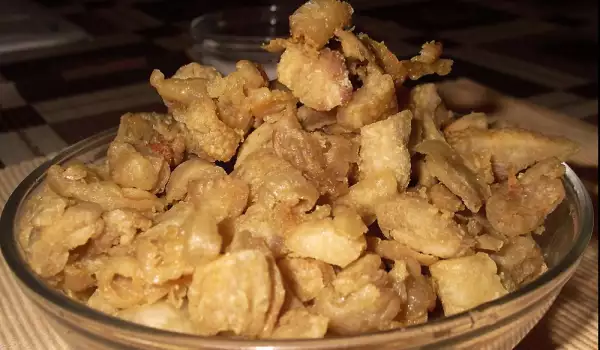
It also has beneficial effects for cracked heels and elbows, stretch marks, cellulite, cuts. It's used to remove warts and other undesirable skin formations. As well, it's used in the battle with high fever, varicose veins, sciatica, muscle aches. It has positive effects for broken bone areas, joint pain, sore throat, respiratory diseases, stiffness, freezing.
Consumption of pork lard provides relief and strengthening. It's recommended especially during fall and winter, when our body is most prone to viruses and infections. Moderate use of homemade pork lard aids mental activity, boosts work ability, loads us with energy. It helps us enjoy more beautiful skin.
In the past, pork lard also had a function that has perhaps been forgotten about nowadays. It was used as a raw material for making homemade soap. Today we find a whole array of detergents in stores but long ago they were a luxury, with few being able to afford them, or were simply scant.
It was pork lard that came to the rescue in those times. In fact, soaps from pork lard are still made today, the reason being that many believe them to be much more effective against stains but also harmless to human skin.
Folk Medicine with Pork Lard
In folk medicine there is an entire heap of recipes where one of the ingredients is pork lard. For example, pork lard and honey is recommended for sore throat and stubborn cough. Take 1 tsp of the lard and honey 3 times a day before meals and you'll notice the unpleasant symptoms begin to disappear.
You can use pork lard for burns or wounds. Rub the affected area with pork lard 2-3 times a day for a week. The pain is relieved and the tissue begins to heal.
Pork lard can be used to make a miraculous ointment that will help treat hemorrhoids. To make it, put 4 handfuls of chopped fresh calendula in 17.5 oz (500 g) homemade pork lard. Braise the mixture lightly and leave it in a cool, dark area for 1 day. Then heat it and filter it. Store the resulting ointment in a clean container in a cool area. Apply it to the problem areas.
Cooking with Pork Lard
Alongside oil, margarine, butter and olive oil, pork lard can also be put into numerous cooking recipes. Pure pork lard is preferred by many expert chefs since it gives off less steam when heated and has a richer taste than hydrogenated fats.
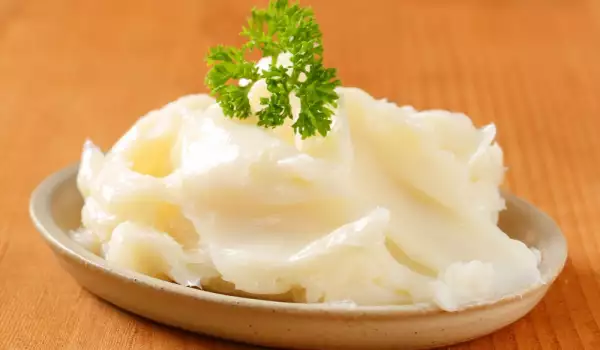
Pork lard can be used to make pizzas, phyllo pastries, breads, pitas, pancakes, cozonacs, scones, cookies, biscuits. It's also used to make potato dishes, dishes with meat and with vegetables.
A bread slice with pork lard and paprika is another delicious idea.
Pork Lard in Cosmetics
Pork lard has unbelievable effects on hair and skin and is therefore present in home beauty recipes. This amazing product makes skin beautiful, shiny, smooth and elastic. It is a natural enemy of wrinkles and imperfections.
The most expensive creams you'll find in cosmetics stores can't even compare to what pork lard can do. Pork lard has the same effects on hair as well. Tests have shown that regular use of homemade hair masks with pork lard nourish dry hair and improve its growth. Plus it makes it strong and beautiful.
Dangers of Pork Lard
Even though numerous studies have proven the benefits of using pure pork lard, this product continues to face critics. Many continue to claim that regular consumption of pork lard leads to obesity, liver problems and more.
The majority of doctors forbid their patients with high blood pressure to include dishes made with pork lard in their diet since this may have a negative impact on their condition. Another downside to this type of fat is that it can cause an allergic reaction in some people, which is why it needs to be used responsibly and with caution.
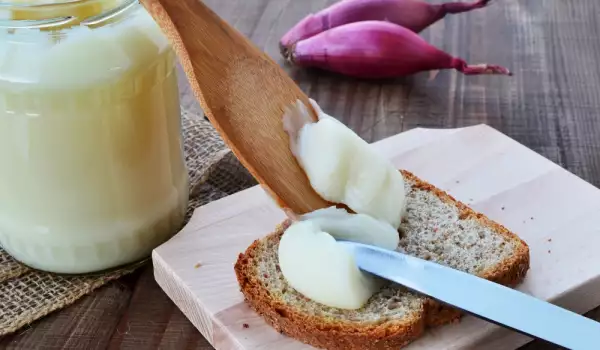

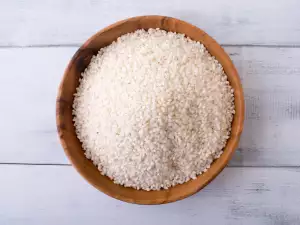
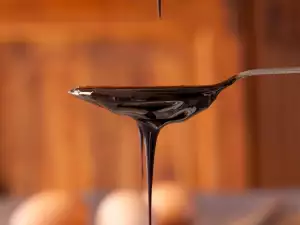
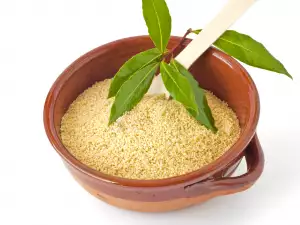
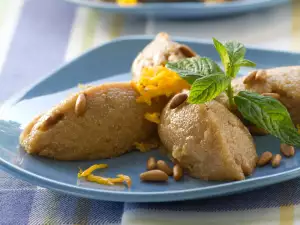
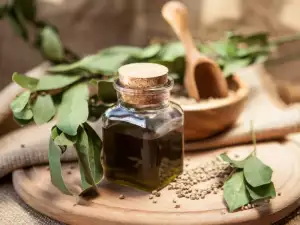
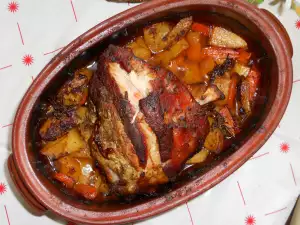
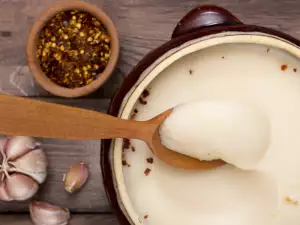
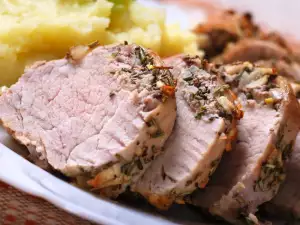
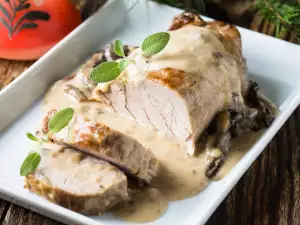

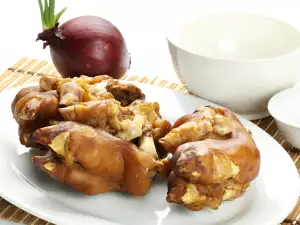
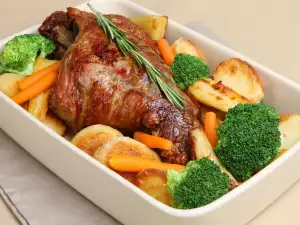
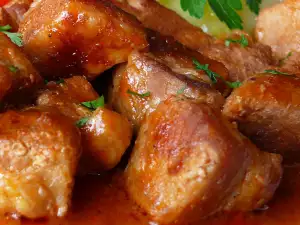





Comments